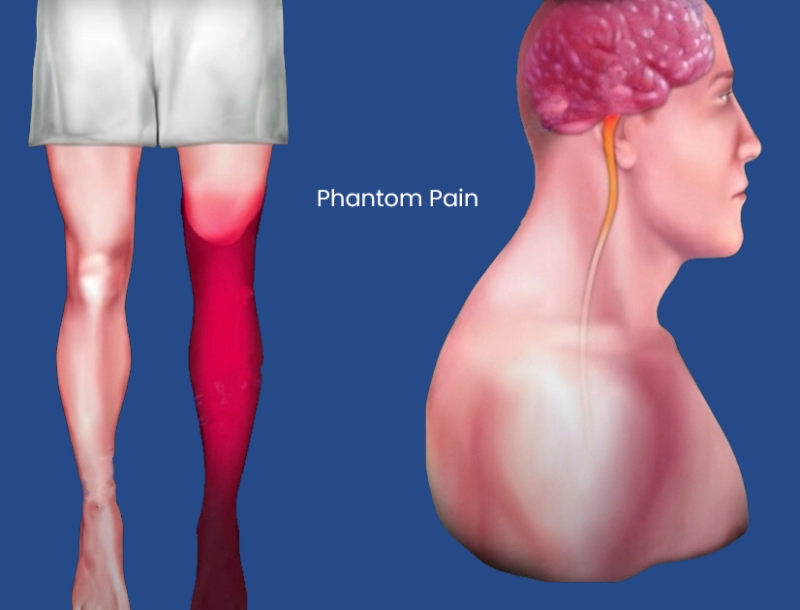

Understanding Phantom Pain: A Comprehensive Guide for Amputees and Chronic Pain Sufferers
 Navigating the complexities of chronic pain, particularly in the form of phantom pain, is an arduous and intricately personal battle for amputees and certain other health conditions. This guide is aimed at empowering individuals with phantom pain and their caregivers with comprehensive knowledge about the phenomenon of phantom pain, the various treatment options available, and a focus on a particularly promising method - Spinal Cord Stimulation (SCS).
Navigating the complexities of chronic pain, particularly in the form of phantom pain, is an arduous and intricately personal battle for amputees and certain other health conditions. This guide is aimed at empowering individuals with phantom pain and their caregivers with comprehensive knowledge about the phenomenon of phantom pain, the various treatment options available, and a focus on a particularly promising method - Spinal Cord Stimulation (SCS).
A Phenomenon Beyond the Physical Loss
Phantom pain is a complex pain condition that presents in individuals who have had a limb amputated, often described as pain or discomfort in a limb or body part that is no longer there. This enigma of sensation, beyond the corporeal absence, is perplexing for both the patient and the medical community. It's a stark reminder of the body's intricate, still not entirely understood, nervous system intricacies.
Who Gets Phantom Pain?
Phantom pain is a surprisingly common experience among amputees, with a significant majority reporting sensation immediately after surgery. It can affect both upper and lower extremities and the specific details of its manifestation can vary dramatically from person to person. The frequency and intensity of phantom pain can be influenced by factors such as the cause of amputation, the individual’s general health, and their level of pre-amputation pain.
What Are the Treatment Options for Phantom Pain?
Managing phantom pain can be challenging, given that it is often refractory to conventional pain treatments. However, a range of methods has shown promise in providing relief. These include:
Spinal Cord Stimulation: A Beacon of Hope
SCS is a minimally invasive procedure that uses an implanted device to apply low levels of electrical current to the spinal cord. This current interferes with the transmission of pain signals to the brain, resulting in a sensation that replaces the pain, or significantly reduces it.
The process is almost akin to playing white noise against a loud, continuous sound; the brain begins to focus on the neutral signaling rather than the noise. The result for many patients has been a substantial reduction in their phantom pain.
The Procedure and Its Efficacy
During SCS, a device similar to a pacemaker is surgically inserted under the skin, typically in the buttock , with leads running along the spinal cord where sensation of the phantom limb is assigned. The patient can control the level of stimulation, often through a handheld remote, tailoring it to their pain levels.
The procedure's efficacy has garnered significant support among the medical community and amputees alike. Studies demonstrate that around 60-70% of patients report significant reductions in phantom limb pain following SCS implementation.
Real Stories of Relief
For various individuals, the implementation of SCS has been life-transforming. From regaining the ability to engage in daily activities without the looming presence of pain, to restoring a sense of normalcy to their lives post-amputation, the impact of SCS cannot be overstated. These success stories resonate with amputees and chronic pain sufferers, offering a beacon of hope in an otherwise challenging landscape of pain management.
The Future of Phanthom Pain Management

The landscape of phantom pain treatment is continually evolving with advancements in neuromodulation, regenerative medicine, and other promising fields. Research into patient-specific approaches and the potential for combining various treatments to create an effective, personalized treatment regimen gives further hope to those enduring phantom pain.
Understanding phantom pain is not just about the physical experience; it's about recognizing the resilience of the human spirit, the capacity for innovation in medicine, and the power of community in overcoming adversity. The road is challenging, and the solutions complex, but with each step forward, the horizon holds the promise of brighter days for those affected by this unique form of chronic pain.
In conclusion, for amputees and chronic pain sufferers, the prospect of a pain-free existence might once have seemed a distant dream. But as medical science and technology continue to progress, the dream edges closer to reality. By staying informed, exploring the full range of treatment options, and being an advocate for your own health, the onset of phantom pain can be met with resilience, determination, and the conviction that relief is not just a possibility, but a promise in the making.
For details about Spinal Cord Stimulation treatment, please follow this link.
Thank you for taking the time to read this article. We hope that it has shed some light on the complex nature of phantom pain and provided helpful insights into potential treatment options. Remember, you are not alone in your journey towards managing chronic pain, and there is always hope for a better life.
last edited on 01.08.2024